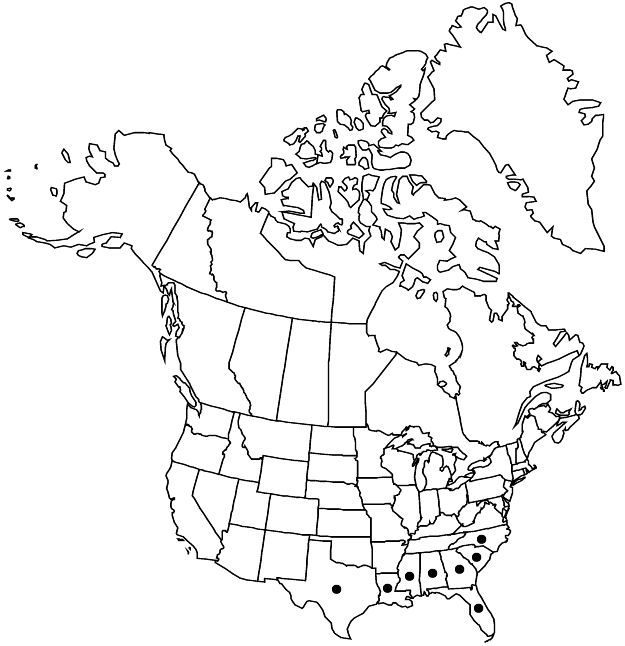Difference between revisions of "Hypericum galioides"
in J. Lamarck et al., Encycl. 4: 161. 1797.
FNA>Volume Importer |
FNA>Volume Importer |
(No difference)
| |
Revision as of 20:14, 24 September 2019
Shrubs, erect, forming rounded clumps, 5–15 dm. Stems: internodes 6-lined at first, soon 4-lined, then terete. Leaf blades narrowly oblong-elliptic or oblanceolate to linear, 15–32(–37) × 1–7 mm, base articulated, attenuate, margins recurved to revolute, apex rounded to acute, midrib obscurely branched. Inflorescences narrowly cylindric, 3–15-flowered from apical node, with (1–)3–5-flowered dichasia from 3–4 proximal nodes, sometimes with additional flowering branches. Flowers 9–14 mm diam.; sepals deciduous, not enclosing capsule, 5, oblanceolate-spatulate to linear, subequal or equal, 3.5–6.5 × 0.5–1.5 mm; petals 5, bright yellow, obovate-oblanceolate, 5–9 mm; stamens deciduous, 60–120; ovary 3-merous, placentation parietal. Capsules narrowly ovoid-conic, 4.5–6 × 2.5–3.5 mm. Seeds narrowly carinate, 0.7–0.8 mm; testa finely reticulate. 2n = 18.
Phenology: Flowering summer (Jun–Aug).
Habitat: Wet or moist, open habitats (stream banks, flood plains, roadside ditches, low pine forest, etc.), coastal plain
Elevation: 0–200 m
Distribution

Ala., Fla., Ga., La., Miss., N.C., S.C., Tex.
Discussion
The leaves of Hypericum galioides vary considerably in width; the lamina is always visible on either side of the midrib.
Selected References
None.